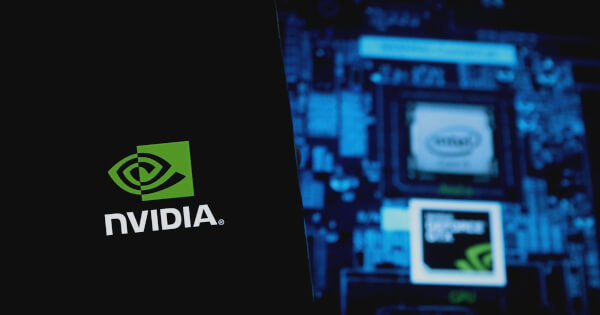Joerg Hiller
Dec 04, 2024 10:24
AlphaBind, developed by A-Alpha Bio, employs NVIDIA and AWS technologies to enhance antibody-antigen binding predictions, aiming to revolutionize biologics development.
Antibodies have become a cornerstone in therapeutic development, largely due to their precision in targeting specific antigens. This specificity allows them to effectively treat a wide array of diseases, including cancer and autoimmune disorders, while minimizing off-target effects. According to a recent study, monoclonal antibodies (mAbs) have surged to the forefront of biologic drug approvals, with nearly 30 new mAbs approved annually by the FDA between 2018 and 2023.
Challenges in Antibody Modeling
Despite their therapeutic potential, modeling antibodies remains a complex challenge. Antibodies possess highly variable regions known as complementarity-determining regions (CDRs) that allow them to bind to diverse targets. This variability complicates structural predictions, as existing models like AlphaFold are optimized for proteins with more stable structures.
AlphaBind’s Innovative Approach
A-Alpha Bio, in partnership with NVIDIA, has introduced AlphaBind, a domain-specific model designed to predict and optimize antibody-antigen binding affinity. AlphaBind utilizes high-throughput experimental data combined with machine-learning techniques for model training. The model architecture incorporates ESM-2nv embeddings processed through a transformer network to predict binding affinities.
Data Generation and Model Training
AlphaBind’s training process involves generating large-scale affinity datasets using yeast display libraries and next-generation sequencing on A-Alpha’s AlphaSeq platform. The model employs transfer learning, first pretraining on extensive datasets before fine-tuning on specific data tailored to parental antibodies.
Optimization and Validation
The model uses stochastic greedy optimization to enhance antibody binding affinity, running numerous optimization trajectories to propose beneficial mutations. Top candidates undergo validation through high-throughput affinity measurements and biolayer interferometry to confirm improvements.
Technological Support from NVIDIA and AWS
AlphaBind benefits from technological integrations with NVIDIA and AWS. It uses NVIDIA’s BioNeMo framework and H100 GPUs for training and inference, while AWS’s cloud infrastructure facilitates rapid deployment and scalability. The model is also accessible through AWS HealthOmics, enhancing workflow orchestration for biologics researchers.
Impact and Future Directions
AlphaBind has shown remarkable results, generating thousands of high-affinity candidates and maintaining sequence diversity. However, to achieve a generalized model capable of zero-shot antibody engineering, further advancements in data collection and deep learning are necessary. The integration of NVIDIA’s AI models and AWS’s cloud capabilities will continue to drive innovation in biologics discovery.
For further details, visit the source.
Image source: Shutterstock









